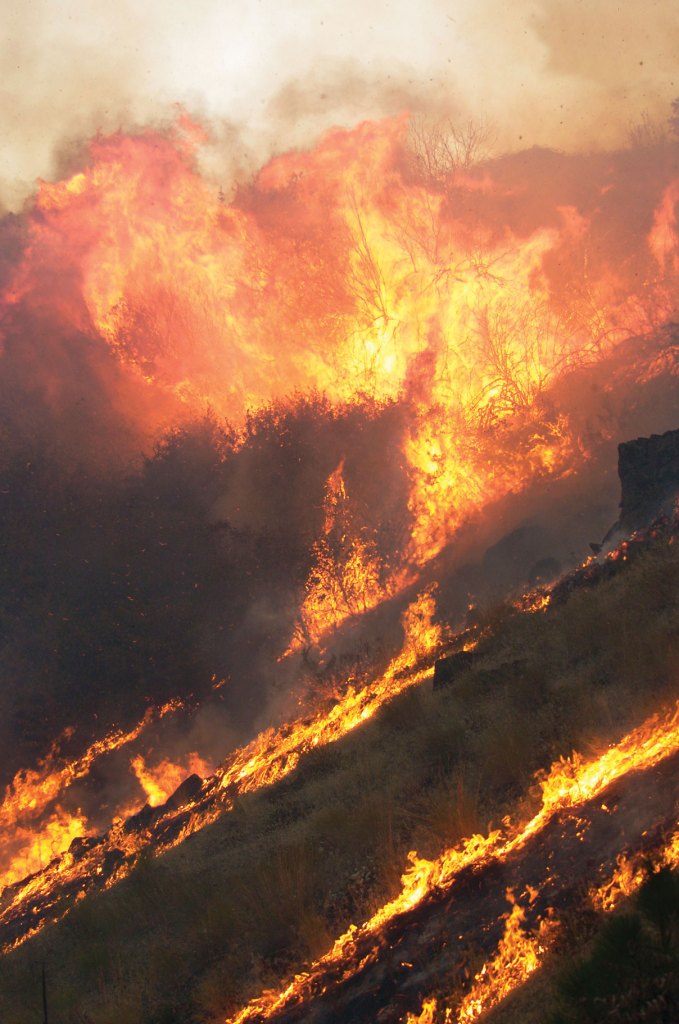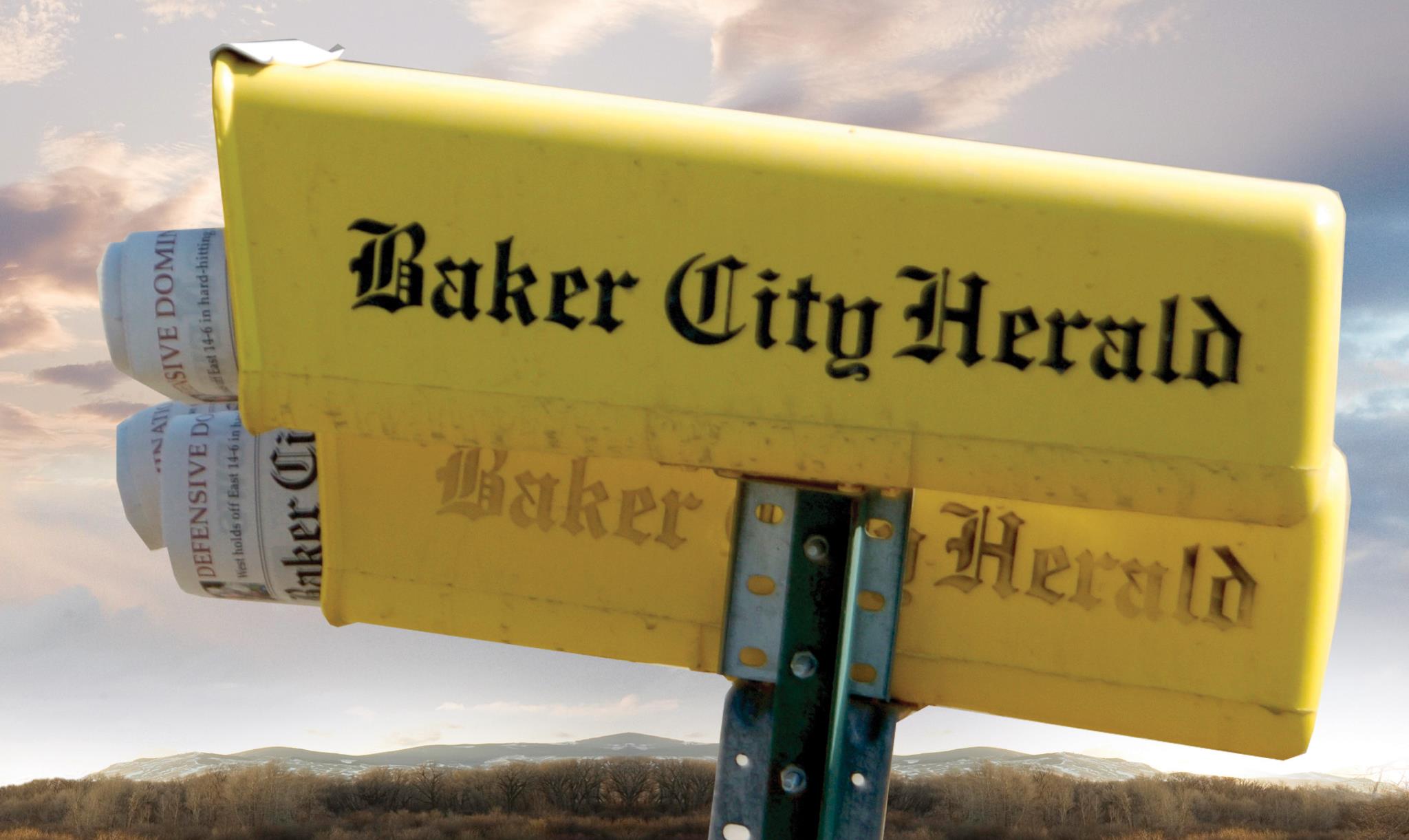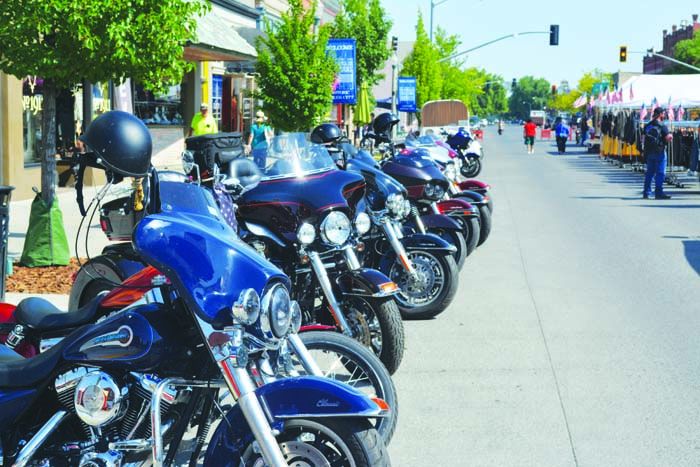Late Start Likely
Published 12:45 pm Wednesday, May 24, 2017

- Late Start Likely
Bob Narus needs to know when sagebrush is dehydrated.
He’s not a plant doctor.
Narus is a firefighter. His territory covers about 5.1 million acres, and since a great many of those acres are littered with sagebrush, which typically is quite combustible, Narus has more than a passing interest in precisely how parched the shrubs are.
Right now the sagebrush is actually pretty moist on the BLM’s Vale District, for which Narus serves as fire management officer.
This damp situation is the legacy of this past winter, when snow accumulated much deeper than usual across most of the Vale District, which stretches from the Nevada border through Malheur, Baker, Union and Wallowa counties into Southeastern Washington.
Narus, who is entering his 28th fire season, said the moisture content in sagebrush, based on samples taken at six sites across the district, is about 60 percent higher than it was a year ago at this time.
In May 2016, most of Eastern Oregon was still in a drought.
This snowiest winter in more than 20 years not only ended that drought, but it likely will postpone the start of the wildfire season in the rangelands and forests of Eastern Oregon, Narus said.
“Compared with the last few years, when we had big fires in June, this year the likelihood of that probably is low,” he said Tuesday. “I would expect at higher elevations the fire season is going to be a little later.”
Noel Livingston, deputy fire staff for operations on the Wallowa-Whitman National Forest, said the lingering snowpack in the mountains will “delay the serious fire threat, which is really nice.”
“We had good moisture over the winter, and that high-elevation snowpack has held on,” Livingston said.
The soggy sagebrush only partially explains Narus’ prediction for the belated onset of fire season.
The ground also remains relatively damp, which prevents grasses and other plants from drying as quickly as they would otherwise.
“We had snow sitting on the ground at lower elevations for a much longer period this winter than the past two years,” Narus said.
The snowpack also smashed last year’s crop of dead grass, he said. This matted grass won’t burn as readily as dry stalks that are standing, and if a fire does start, the flames won’t spread as rapidly, he said.
That’s a crucial factor in predicting the potential for big fires, because old, dead grass is among the more volatile fuels for wildfires, Narus said.
The downside to the drought’s demise is that this year’s crop of grasses — and in particular the immensely flammable invasive cheatgrass — is likely to be bigger than last year’s.
Cheatgrass, which usually is the first plant to cure in the summer sun, has played a major role in many of the blazes that have burned through millions of acres of western rangeland over the past decade, Narus said.
“Later in the summer that cheatgrass will be dead, and it is a concern, having that fine, dead fuel,” he said.
Jamie Knight, a spokesperson for the Oregon Department of Forestry’s Northeast Region office in La Grande, agreed with Narus.
“At the lower elevations we’re starting to see a lot of those finer fuels, and if those dry out, that certainly could be problematic,” Knight said.
Fortunately this spring has been colder than average as well as wetter, and the chilly temperatures have stunted the cheatgrass, Narus said.
“There is a lot of grass, but it’s not as tall as it could be,” he said.
See more in the May 24, 2017, issue of the Baker City Herald.







